Comparison of Different Tool Holding Technologies for Higher Productivity Milling
You need to look at a milling machine as a whole system. There are multiple, integral parts that all need to work together. The machine, its accuracy, its power and performance – that all has to transfer its ability over to the cutting tool. In between that is the spindle interface (how we put the cutting tool into the spindle) and how we actually hold the cutting tool.
Jack Burley, BIG KAISER VP Sales & Engineering, worked with Jim Anderton, Director of Content for engineering.com, to put together an article that focuses on round shank cutting tools, and the various options available to you to best hold the tools for your particular situation. This article offers generic, neutrally biased opinions to help you choose what’s best for your situation, and not let your cutting tool or tool holder supplier dictate to you what they want to promote.
They discuss each style of holder, define the functionality and structure (how do they work), pros/cons of each, best-practice advice, and most importantly, the factors that reduce gripping force which causes slippage and pullout.
They decided to fittingly call the article “Tool Holding 101: Top Tips for High Productivity Machining”.
After reading this article, you should know how to apply each technology for optimum output and quality, and how know how to justify high performance tooling to increase productivity and reduce cycle time.

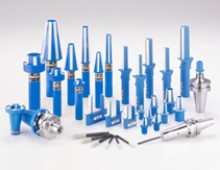
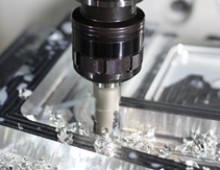
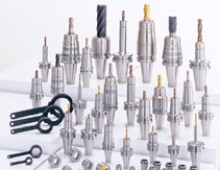
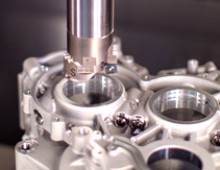


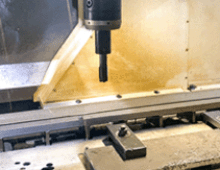
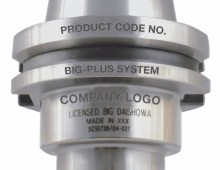
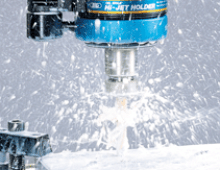
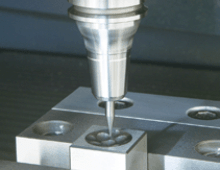


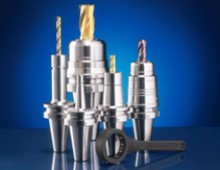
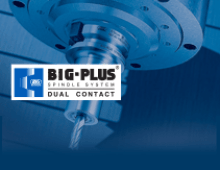
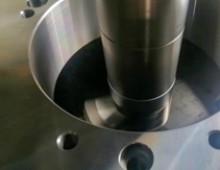
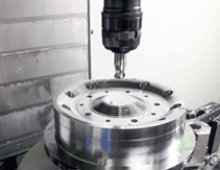
Did you find this interesting or helpful? Let us know what you think by adding your comments or questions below.